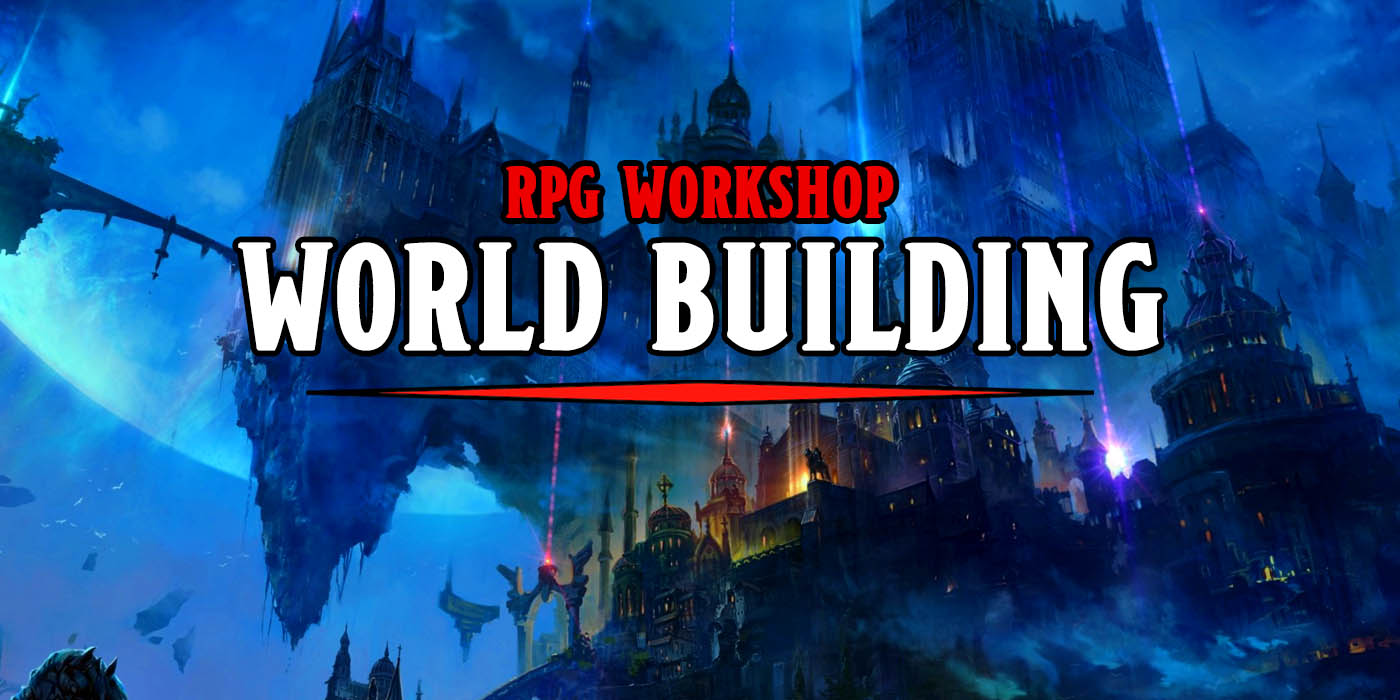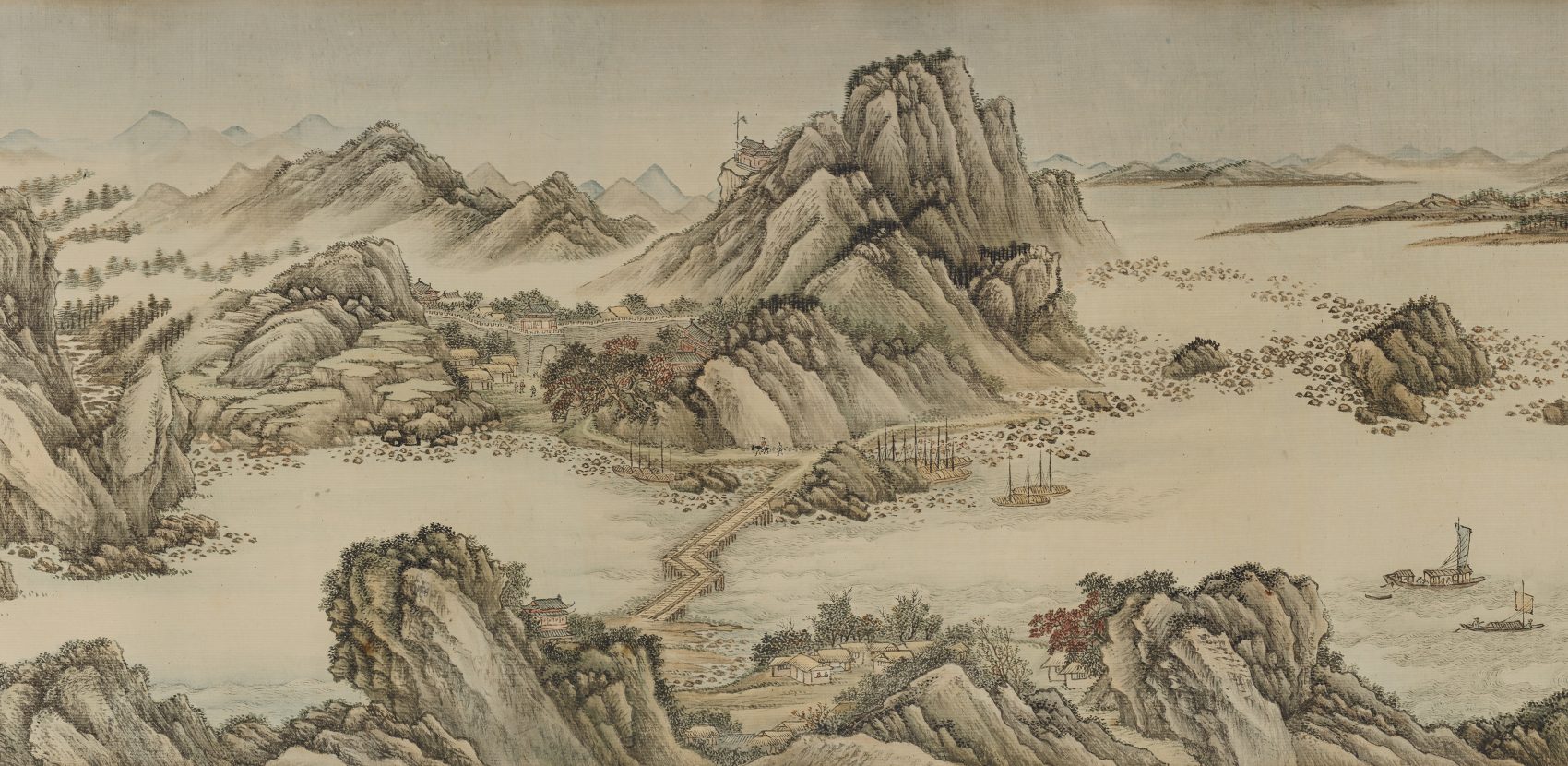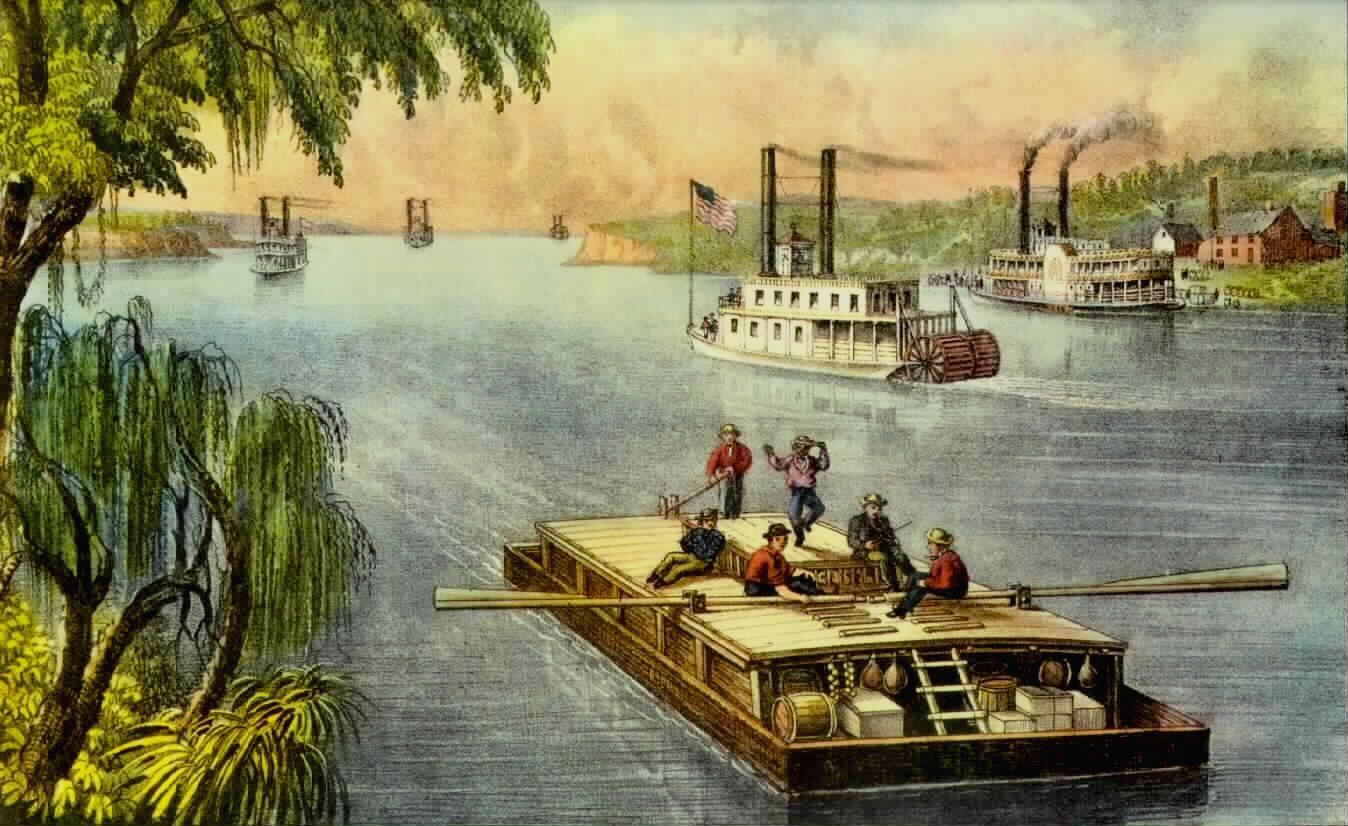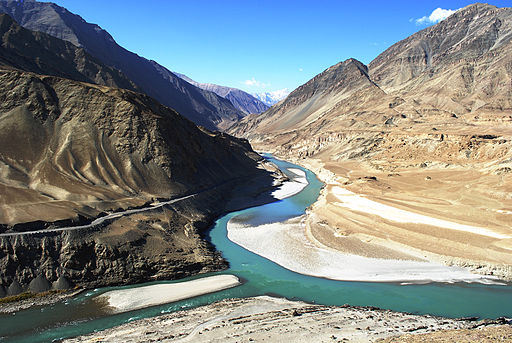RPG: World Building Workshop – A River Runs Through It

Gamemasters, let’s talk about using rivers in your maps.
There comes a time in almost every DM’s life when they want to move beyond the existing settings and create one of their own. Maybe you have an amazing story to tell, and it needs its own world to be told in. Perhaps you have a super awesome idea for a world and want to run adventures in it. Maybe you just like making up settings. Whatever the impetus, creating your own setting can be fun and rewarding both to you and your playgroup. In this ongoing series, we will look at the steps you can take to create your own setting (a process known as world-building), and we’ll look at some tips and tricks of excellent world-building and some common mistakes people make. Along the way, we will build our own setting and world.
Welcome to World Building Workshop, let’s get started.
The Groundwork
Last time on World Building Workshop, we talked about using Mountains in your map. We covered why they are important and some rules for using them. Today lets talk about other important aspect of your map, one that quite literally flows from mountains: rivers.
The Basics of Rivers
After mountains rivers are going to be one of the most important nature features of your maps. Due to their importance they are normally the next thing I place after I’ve put down my mountains. Now the number one rule to remember about rivers is that they flow downhill (unless you’ve got some crazy magic going on). It their simplest you can simply draw a squiggly line from a mountain to the closet large body of water and you’ve got a solid river there. Most places, unless they are very dry, tend to have a lot of rivers, and there are a few types of rivers will go into today. It’s likely going to be enough for you to draw out just the major waterways or your world, without going into every little creek and stream. This is of course dependent on the scale of your map, if your focusing on just a tiny village, even a small stream can be a major feature. Either way you’ll like want to put some thought into the placement of rivers as they can have major effects on the next stages of your world building.
The Importance of Rivers
Generally speaking rivers are important in world building in four ways:
- As a sources of fresh water for people. People need water to live, and they need some place to got drinkable water. This is normally either from a well or a river of some sort. Rainfall does not normally produce a regular enough supply on its own. Wells are fine for smaller settlements but most large settlements in history have grown up around a river, using it as a source of water.
- As a source of water for crops. Unlike people rain can produce enough water to grow crops and not all farms need a river to prosper. However it dryer regions with less rainfall rivers become very important for the raising of enough food to support large populations. Most of early human civilization grew up around the rivers in the fertile crescent, Egypt and the Indus river valley, thanks to the food they produced. In an arid region the presence or lack of a river will normally determine if the people are farmers or herders.
- As a means of transportation. For most of human history river travel was one of the quickest and safest ways to travel. Navigable rivers are the highways of the medieval fantasy world, allow quick and fairly easy movement.
- As boundaries. Throughout history Rivers have acted as convenient boundaries between peoples and nations. Major rivers have often dictated where national lines are drawn, from the Romans placing their border along the Danube, to the Rhine serving as the border between France and Germany.
Any individual river can be important for one or a combination of the above.
The Types of Rivers
Most natural rivers fall into a few categories:
- Glacier or Snowmelt fed river: these rivers have their origins in mountains and are few by melting snow and glaciers. They often start small from dozens of melting patches and grow as they flow down hill. While they provide water year round, they normally have a flood season in spring when the largest amounts of winter snow melts.
- Spring fed rivers. These are rivers with that have a natural spring as their source. These can originate in mountains, but don’t have too. They have a regular flow, and while excess rain can cause them to flood, normally wont have a seasonal flood otherwise.
- Temporary or rain fed rivers. These rivers derive their main source from rainwater. They are often not permanent sources of water, and will be dry much of the year. During a rain storm they may quickly flood and will provide water only until they run dry. These are various known as an arroyo, wash, wadi or other regional name. While they can serve as a water source for local plants and animals they general do not serve as a border, means or transportation or effective water source for human settlement.
In addition to sources rivers can be classified, in many other ways, by weather or not they are navigable, how much they flood, how swiftly they flow, by length, width, quality of water and many other criteria. Whatever types of rivers you chose to use, its important to be aware of how they will affect your world.
Let us know how you use rivers in your worldbuilding, down in the comments!










